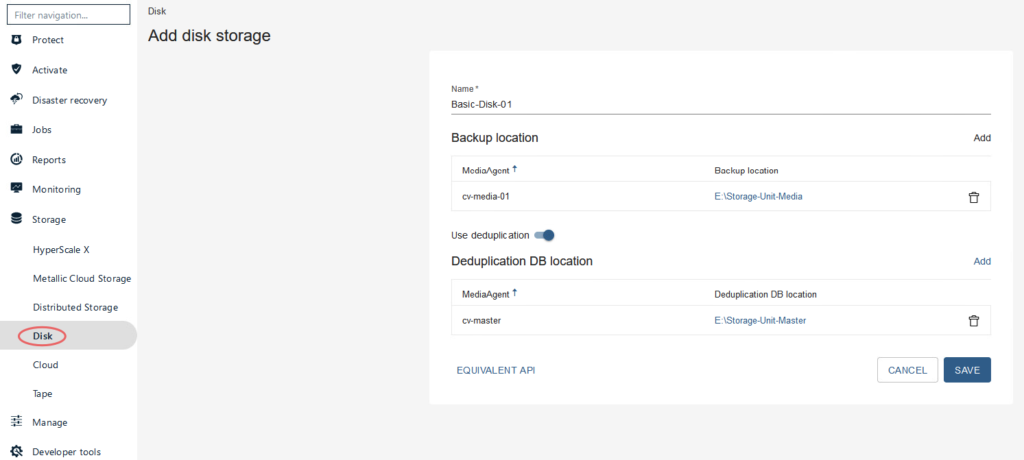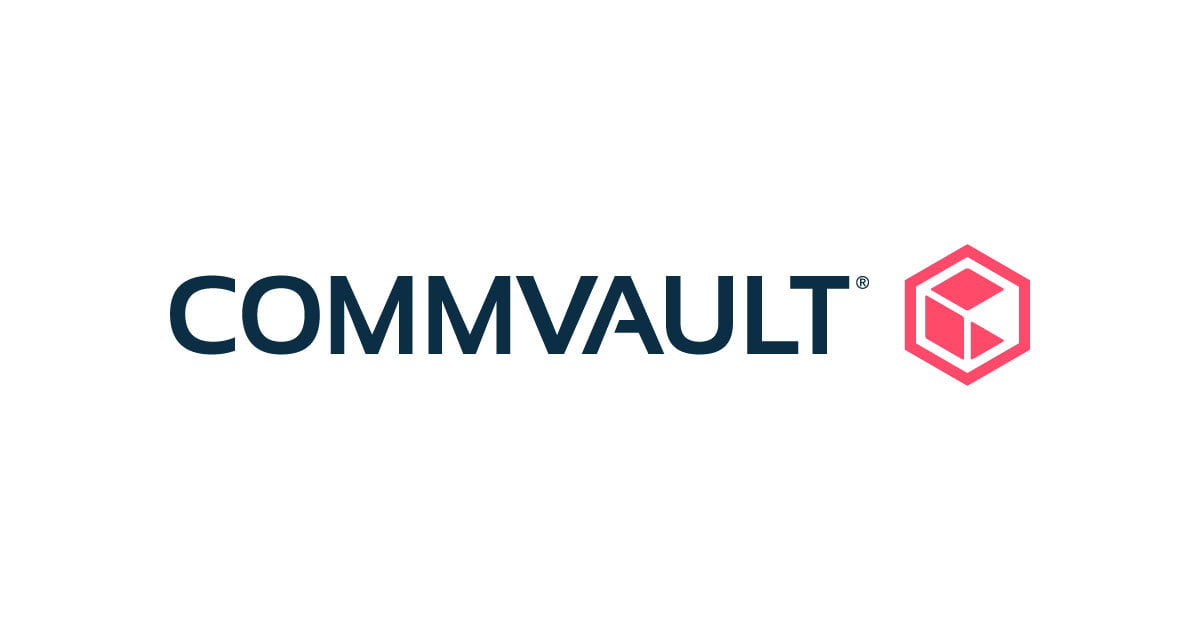In this blog, we will configure our Commvault with a storage unit. In order to use Commvault, we will need somewhere to store our backups and that happens by defining a storage configuration for where our backup needs to go.
Common Storage Deployment Types
| HyperScaleX | Scale-Out storage nodes |
| Remote Office Appliance | Used for Branch Offices |
| Basic Disks | Used for POC |
| Cloud Repository | Archive / Infrequent Access |
HyperScaleX
Commvault sells hardware-based scale-out nodes called HyperScaleX which provides us an all-integrated storage pool and expands capacity when needed. These nodes come with pre-imaged HyperScale X Software which is just plug-and-play storage devices. If you have used Netbackup-based appliances in the past or even the data domains think of these devices just like that.
Remote Office Appliance
There exists another deployment purely for Robo Sites (RO1200) which is just to protect satellite offices which could just be handy when moving everything to the cloud.
Basic Disk
For lab-based environments, we will just stick to basic disks to prove the point. I’ve attached 2*100GB disk on my media server and master server.
1- Hover over to the Infrastructure tab > Click Configure Media Agents

2- Click Install Media Agents

3- Choose the server to install the media agent to

4- Our list of media servers can be viewed under the Infrastructure tab.

5- For this demo, we will use Disk-Based Storage ( B2D ) as our primary storage. You could as well use it to put the data to AWS S3/Azure or tape storage / Hyperscale etc here.Choose Disk Storage and give our B2D storage a name such as Backup2Disk1 and the location on the server.

6- Our list of storage devices can be viewed under the Storage tab.

7- Our list of storage devices can be viewed under the Storage tab via the Commcell as well.

Storage Policies
The length of time backup images needs to be kept is defined under storage policies. It’s also called Image retention or volume retention in other backup tools.
Go to Policies > Storage Policies to add the storage policies
| Name | Retention | Location |
| Yearly_Offsite_Tape | 12-month retention | ADIC Scalar Tape library |
| Monthly_Offsite_Disk | 1-month retention offsite | Data-domain |
| Daily_Onsite_Disk | 2 days retention on-prem | Data-domain |
| Daily_Offsite_Disk | 7-day retention offsite | Data-domain |
| Cloud_7YEAR | 7-year retention | AWS S3, Azure Blob |
Schedule Policies
Backups need to be added to a policy to run at a particular schedule and these get defined under schedule policies.
Go to Policies > Schedule Policies > Clone the default policy to create a new policy

Give the policy a name eg: Daily-VMware

Define a full backup schedule

Define an incremental schedule

Our VMware backup schedule is ready


